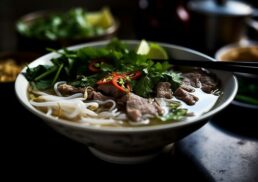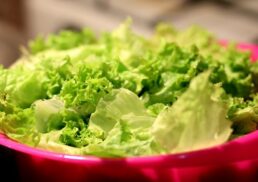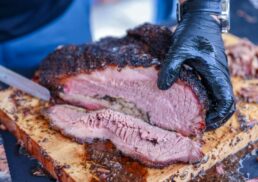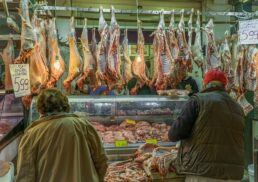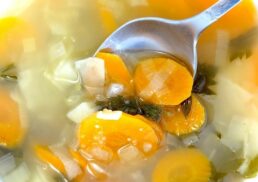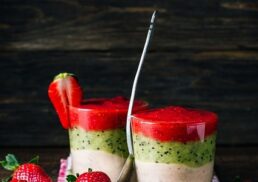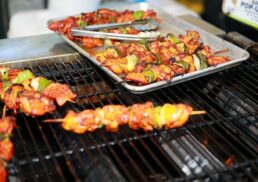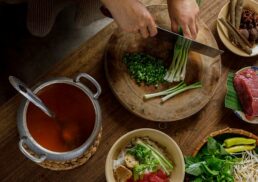Want to make a great cup of coffee at home? Start with the right beans, grind them just before brewing, choose your favorite brewing method, and focus on water quality. This guide covers everything you need to know on how to make a coffee like a pro.
Key Takeaways
Always choose freshly roasted coffee beans and grind them just before brewing for the best flavor.
Different brewing methods, like drip coffee makers, French press, and pour-over, offer unique flavors and control over your coffee’s taste.
Maintaining the quality of water and precise brewing temperatures (195-205°F) are crucial for an excellent cup of coffee.
Choosing the Right Coffee Beans
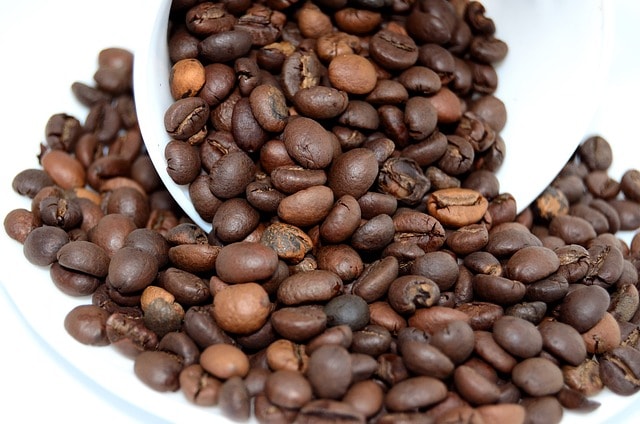
Starting with the right coffee beans is the first step towards an exceptional cup of coffee. The flavor and aroma of your brew are significantly influenced by the quality of your beans. Coffee drinkers often debate the merits of Arabica versus Robusta beans. Arabica beans, known for their smoother and sweeter taste, are generally considered the best choice for a more refined coffee experience. On the other hand, Robusta beans, which contain twice as much caffeine, can offer a more robust and bitter flavor.
To ensure the best flavor, choose freshly roasted coffee beans. Coffee is best when used within days of being roasted, and purchasing from a local roaster ensures you get the freshest beans possible.
Here are some tips for buying and storing coffee beans:
Buy freshly roasted beans in small amounts every one to two weeks to maintain their quality and flavor.
Store the beans in an airtight container in a cool, dark place to preserve their freshness.
Grind the beans just before brewing for the best flavor.
By following these tips, you can enjoy a consistently excellent cup of coffee every time.
Fresh Beans vs. Pre-Ground
The choice between fresh beans and pre-ground coffee is a pivotal point in the pursuit of a great cup of coffee. Fresh beans retain their oils and flavors much better than pre-ground coffee, which starts losing quality almost immediately after grinding. Grinding your coffee beans just before brewing ensures that you capture the freshest, most aromatic essence of the coffee.
While pre-ground coffee offers convenience, it pales in comparison to the rich, full-bodied flavor of freshly ground beans. When you grind coffee at home, you preserve the delicate oils and compounds that make each cup unique and flavorful.
For the ultimate coffee experience, always choose fresh beans over pre-ground coffee.
Grinding Your Coffee Beans
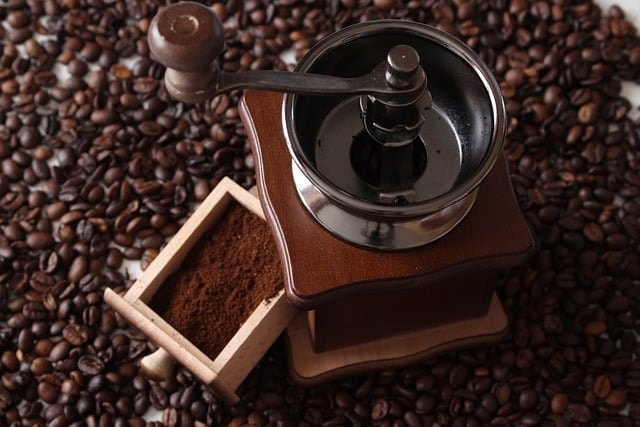
After selecting your coffee beans, the subsequent step involves grinding them immediately before brewing. Coffee starts losing its quality almost immediately upon grinding, so the best tasting brews are made from beans ground just before brewing. Grinding increases the surface area for water to interact with the coffee, enhancing flavor extraction.
Adjust the grind size based on your chosen brewing method, as it significantly affects the end result. A grind that’s too fine can lead to a coffee taste bitter, while a grind that’s too coarse can result in a flat, underwhelming flavor. Finding the perfect grind size will ensure that you extract the best flavors from your coffee beans every time.
Burr Grinder vs. Blade Grinder
When it comes to grinding coffee, the type of grinder you use matters. Burr grinders and blade grinders are the two main options, and they produce very different results. Burr grinders are preferred for their ability to produce uniform coffee grounds, leading to more even extraction and better flavor. The consistency of the grind is crucial for a balanced and flavorful cup of coffee.
Blade grinders, while typically less expensive, chop coffee unevenly, resulting in inconsistent particle sizes. This can lead to uneven extraction and a less satisfying cup of coffee. For the best results, investing in a burr grinder is highly recommended, as it offers superior control over the grind size and consistency.
Selecting Your Brewing Method
Picking a suitable brewing method plays a vital role in preparing excellent coffee at home. Each method offers different levels of control over the brewing process and can significantly affect the flavor and strength of your coffee. Popular home brewing methods include drip coffee makers, French press, and pour-over. Each of these methods has its own unique characteristics and benefits.
Drip coffee makers are known for their convenience and ability to brew coffee quickly, making them ideal for busy mornings or serving large groups. The French press, on the other hand, offers a rich, full-bodied coffee through full-immersion brewing. Meanwhile, the pour-over method provides meticulous control over the brewing process, allowing for a clean and aromatic cup of coffee.
Drip Coffee Maker
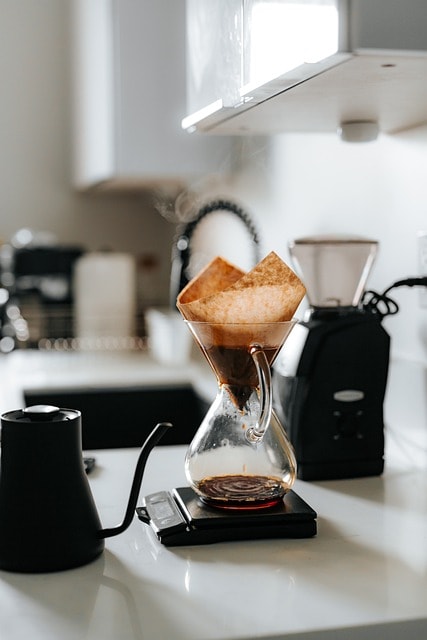
Using an automatic coffee maker, such as a drip coffee maker, is a straightforward and efficient way to brew coffee, especially on hectic mornings. The convenience and simplicity of this method make it a favorite among many coffee drinkers. To achieve a well-balanced cup, the recommended coffee-to-water ratio is 1-to-16. This ratio ensures that the coffee is neither too strong nor too weak but just right.
When using a drip coffee maker, it’s important to avoid bargain-priced paper filters. Instead, opt for ‘oxygen-bleached’ or ‘dioxin-free’ paper filters such as Filtropa or Melitta, or consider using a long-lived gold-plated filter like SwissGold. These filters help maintain the purity of your coffee, ensuring a clean and delicious brew every time.
French Press
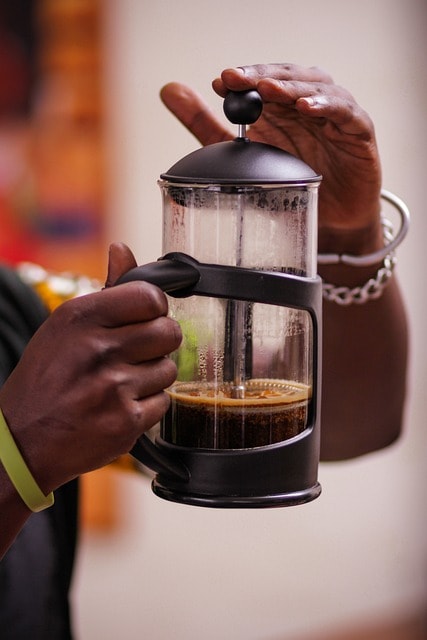
The French press is a beloved method for coffee enthusiasts who enjoy a rich, full-bodied cup. This brewing method involves:
Soaking coarsely ground coffee in hot water
Allowing the grounds to steep for several minutes
This process extracts the deep flavors and oils from the coffee, resulting in a robust and flavorful drink.
It’s crucial to decant the coffee from the French press immediately after brewing to avoid over-extraction, which can lead to a bitter taste. By following these steps, you can enjoy a perfectly brewed cup of French press coffee that highlights the rich and complex flavors of your chosen beans.
Pour-Over
The pour-over method is celebrated for the control it provides over the brewing process. This method involves placing a filter cone over a coffee cup or carafe, filling it with ground coffee, and pouring hot water over it. Key factors to control when making pour-over coffee include grind size, water temperature, and coffee-to-water ratio.
The pour-over method allows you to:
Tease out the subtle flavors of your coffee
Create a delicious, aromatic, and complex cup
Adjust the grind size and brew time to personalize your coffee to match your taste preferences
Ensure a consistently excellent brew
The Role of Water in Making Coffee
Given that water constitutes nearly 98% of the final product, its quality is critical in the coffee brewing process. Using water with high bicarbonate levels can emphasize bitter aspects of coffee, while chlorine and other impurities can ruin the flavor. To avoid these issues, it is recommended to use filtered or bottled water for brewing.
Maintaining the right water temperature is also crucial. The optimal range for brewing coffee is between 195 to 205 degrees Fahrenheit. This temperature range ensures proper extraction of flavors without drawing out bitter compounds. By paying attention to the quality and temperature of your water, you can significantly enhance your coffee’s taste.
Measuring and Mixing
Accurate measurement and mixing of coffee and water are vital for a perfect brew. Using a digital scale is recommended for accurate measurement. For a 6-ounce cup of coffee, the standard measure for brewing at proper strength is 2 level tablespoons. On the other hand, an 8-ounce cup requires about 2 3/4 tablespoons for the same strength. This ensures consistency in every cup you make.
A balanced brew is typically achieved with a coffee-to-water ratio of 1:15 to 1:18, with 1:17 being a common standard for optimal extraction and flavor. Water temperature should be kept between 195-205 degrees Fahrenheit for the best results. By following these guidelines, you can achieve a perfectly balanced and flavorful cup of coffee every time.
Brewing Process
Different brewing methods require varying processes, and comprehending these differences is central to preparing excellent coffee. Here are the recommended contact times for different brewing methods:
Drip coffee: about 5 minutes
French press: 2-4 minutes
Espresso: 20-30 seconds
Cold brew: around 12 hours
To maintain freshness and optimal taste, serve your coffee immediately after brewing. Avoid reheating coffee or keeping it on a warming platform for too long, as this can turn the coffee bitter and foul-tasting. By mastering the brewing process, you can ensure that your coffee is always fresh and delicious.
Enhancing Your Coffee Experience
Experimenting with different additions and techniques can elevate your coffee experience. Milk frothers can create a creamy texture, making your coffee more enjoyable. Flavored creamers, sweeteners, and spices can also add a personal touch to your brew. Vanilla, cinnamon, cardamom, hazelnut extracts, cocoa powder, or chocolate sauce are great options to consider.
For a café-style experience, use full-fat or full-cream milk and create foam with a handheld milk frother. Cold foam can be made with skim milk and is perfect for iced coffee. By exploring these enhancements, you can tailor your cafe style coffee, including cafe style hot coffee, to your preferences and enjoy a truly personalized cup.
Cleaning and Maintaining Your Equipment
Maintaining and routinely cleaning your coffee equipment are vital practices to thwart residue buildup and guarantee a consistently flavorful coffee. Use filtered water to prevent mineral buildup in your coffee maker. Rinse your equipment with hot soapy water before and after each use to eliminate residue.
For traditional coffee machines, a deep clean every six months is recommended. Espresso machines, with their multiple components, should be cleaned once a week. Running a mixture of white vinegar and water through your machine can remove mineral scaling and keep it functioning optimally. By maintaining your equipment, you can prolong its lifespan and ensure that your coffee always tastes fresh.
Serving Suggestions and Variations
By incorporating various serving suggestions and trying different variations, you can infuse creativity into your coffee routine. An iced coffee bar is a fun and interactive way to serve coffee at parties, offering options like frappes and OREO-flavored drinks. Topping iced coffee with whipped cream and sprinkles can make it feel special and festive.
Experimenting with different types of instant coffee and sweeteners can also yield unique and satisfying results. Popular types of instant coffee include freeze-dried coffee, instant espresso, and flavored coffee. Another way to enjoy coffee is by making cold brew coffee, where coffee grounds are steeped in cold or room temperature water for 16 to 24 hours, resulting in a delicious and refreshing beverage. By exploring these variations, you can find new ways to enjoy your coffee, whether it’s a cold brew or a classic hot coffee.
Summary
In summary, making the perfect cup of coffee at home involves selecting high-quality coffee beans, grinding them just before brewing, and choosing the right brewing method. The quality of water and precise measurement of coffee and water are also crucial factors. By following these steps and maintaining your equipment, you can enjoy a consistently excellent cup of coffee.
Brewing coffee at home is a rewarding experience that allows you to experiment and personalize each cup to your taste. We hope this guide has equipped you with the knowledge and confidence to create café-style coffee in the comfort of your own home. Happy brewing!
Frequently Asked Questions
Why should I buy freshly roasted coffee beans instead of pre-ground coffee?
Buying freshly roasted coffee beans will result in a more aromatic and flavorful cup compared to pre-ground coffee because they retain their oils and flavors better.
What is the best coffee-to-water ratio for brewing coffee at home?
For tasty coffee at home, aim for a coffee-to-water ratio of 1:17, which means using one to two tablespoons of ground coffee for every six ounces of water. Enjoy your brew!
How often should I clean my coffee maker?
You should deep clean your traditional coffee maker every six months, and espresso machines should be cleaned once a week due to their multiple components. It’s important to maintain cleanliness for the best tasting coffee.
What type of grinder should I use for the best coffee?
You should use a burr grinder for the best coffee, as it produces uniform grounds for better flavor in your brew.
Can I use tap water for brewing coffee?
No, it’s better to use filtered or bottled water to prevent impurities like chlorine from affecting the coffee’s flavor.

